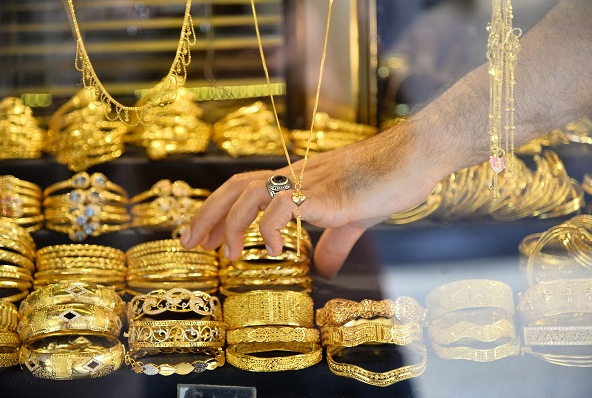Sept, 27: Investigators believe a Russian couple knocked their victims out with sedatives, then skinned them alive. Afterward, police say, they ate parts of their victims, froze the remains or packed them in jars filled with saline solution.

At times, the couple tried to turn soldiers at the military academy where they worked into unwitting cannibals, slipping "canned human meat" into their food.
And the people in the city of Krasnodar may never have known about any of that if not for a broken cellphone lying on a city street, authorities say.
City police have arrested the couple - Natalia Baksheeva and her husband, 35-year-old Dmitry Baksheev - who authorities say may be responsible for the death or disappearance of as many as 30 people in the city of 750,000 in the southwestern tip of Russia, about five hours from Sochi. So far, Baksheev has been charged with one count of murder, and the investigation is ongoing.
If all the killings are confirmed, the Russian couple would rank among the country's worst serial killers.
The investigation started on Sept. 11, according to the Moscow Times, when crews repairing a road found a discarded cellphone. It still worked, so they swiped through the photos.
What they found made them dash to the police station. On the phone were "photos of a man with different parts of a dismembered human body in his mouth," the Russian Ministry of Internal Affairs said in a statement.
Around the same time that investigators were poring over the phone, officers found the dismembered corpse of a 35-year-old woman near the state-run aviation academy where the couple lived, according to Vice News.
Investigators were able to determine the phone's owner via "special technical measures," and arrested Baksheev, according to a news release.
In police custody, he told authorities that he and his wife had practiced cannibalism at least 30 times in the past two decades, according to the BBC.
The investigation ballooned from there. The details are still spotty, but some have seeped out as the story has rocketed around the world.
The earliest potential killing, based on the time stamps of photos the couple had, dates back to 1999.
For years, the couple had been living at what the BBC called a "hostel accommodation" at the site of a military base in the city. One or both had at one point worked on the base, in the kitchen.
Investigators have not said how they believe the couple chose their victims, only how they rendered them unconscious - and what came after.
"In the place of residence of the suspects, the investigators discovered fragments of the human body in saline solution in the dormitory . . . Frozen meat parts of unknown origin were seized in the kitchen," investigators said, according to CBS News.
According to CNN, one police source said, "at the moment, law enforcement had discovered a glass jar with a canned hand."
Unofficially, officials have designated the pair the "cannibal couple," but they have not released many details about them.
Russian news stations released video of the police search, apparently from the couple's home.
The footage showed a messy, disheveled room, with trash, debris and clothes scattered on the floor and draped over furniture. There were also wigs on top of a small freezer and dozens of pictures on a bed.
The pictures were telling, Russian investigators said. One photograph is dated Dec. 28, 1999 and appears to show a dismembered human head on a serving plate with fruit.
Earlier this year, former Siberian policeman Mikhail Popkov - nicknamed "the werewolf of Siberia" for his brutal killings - confessed to killing 81 people.
According to The Washington Post, Popkov's victims ranged in age from 17 to 38. He started his spree as a police officer, offering women rides in his car, then taking them to remote locations and raping and killing them.






Comments
Add new comment